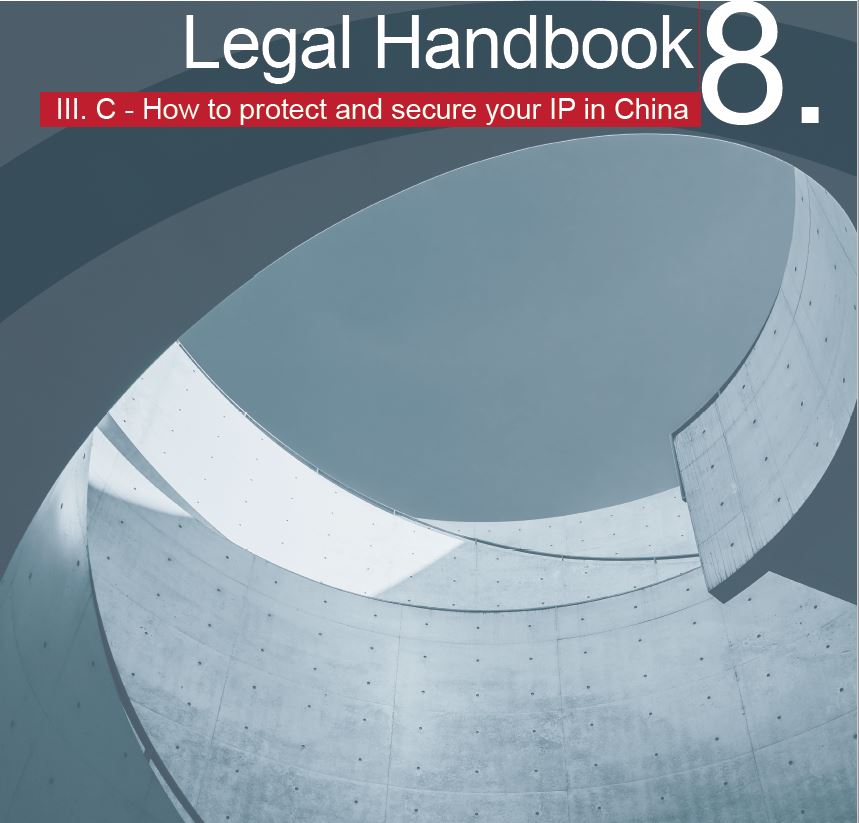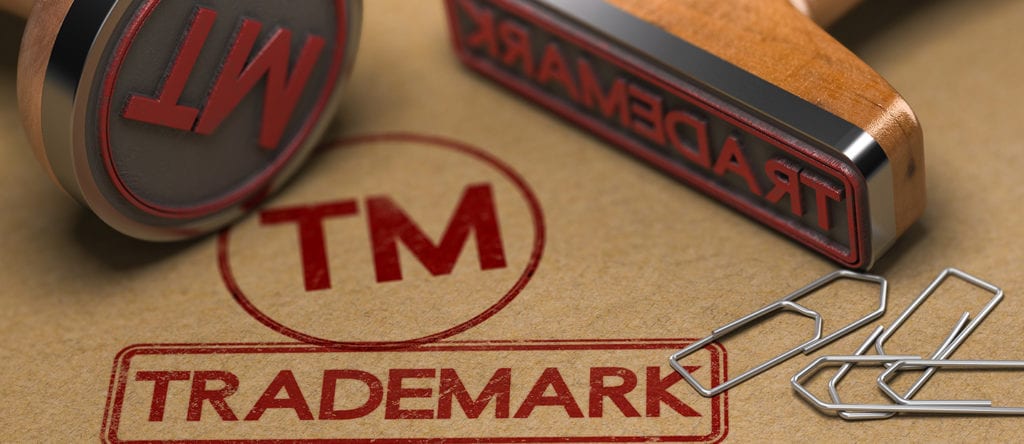The famous Schneider vs Chint case (2009) still holds one of the records for patent infringement damages award in China. How can holders of utility models in China harm your business and block your developments?
By Severin Meles, IP/IT Legal Counsel
In 2009 the French-based electrical equipment maker Schneider lost a lawsuit against their Chinese competitor Chint before Chinese courts, over some circuit breaker. The case remains famous mostly due to a whopping 50 million USD damages award, that they allegedly settled out of court for 23 million USD.
These circuit breakers actually hold one of the all-time records in China for patent infringement. First off, it might seem a little counterintuitive, as the Western company here is the infringer. There is more: the battle did not rage over glorious invention patents, but mere “utility models”.
Utility models are short-term patents (i.e. 6-15 years) over incremental improvements, requiring lower inventive step, in some places subject to no substantial examination.
Utility models have been championed for industrial development in Germany, then Japan, and more recently China; not so much in countries like France. In France, we refer to this kind of patent as certificat d’utilité.
Pieces of law from yesteryears
In 2009, the Chinese patent law was drafted in a way that, when checking the novelty requirement outside China, publicly disclosed inventions alone were taken into consideration, i.e. patent applications overseas that were not published yet would fall outside the scope of examination.
Typical of developing countries concerned that intellectual property rights would hinder development, back then the Chinese Patent Law hardly had one full sentence on damages for infringement; and no calculation method whatsoever was provided for. We did not have the opportunity to examine the decision, but it is plausible that the judges measured the cash Schneider had derived in China from the infringing circuit breakers during the period of time Chint’s utility model was valid and turned it into damages.

Shift from low-end manufacturing to high tech
Could history repeat itself? The Chinese Patent Law has been amended several times since then, to empower the “Made in China 2025” shift from low-end manufacturing to high tech.
Chinese players can benefit from incentives, based on patent filings (domestic filings have increased by a factor of 4 from 2009 to 2019). These incentives may take the form of preferential corporate income tax regime or subsidies paid by local authorities to develop their industrial network.
The novelty requirement loophole has been closed since 2009. This is outside the scope of the Schneider vs Chint case, but patent infringement damages have been raised ever since. The 2021 amendment has even pushed damages from four to five times the illegal proceeds.
What has not changed though, is that utility models constitute exclusive intellectual property rights. Their infringement leads to paying damages to the owner of such utility models by the person who is using such technology within the territory of China.
Utility models in China are subject to little to no examination. It means that your competitors might have actionable IP certificates in hand they can use, to prevent you from operating in China.
One of the key takeaways is that the culture of IP protection is different: in China, utility models can be seen as a tool to obtain incentives and block competitors through aggressive approach. Many other innovative companies will adopt a defensive approach by filing invention patents only in case of a breakthrough.
You might actually be in a minefield without knowing it. An IP audit may help you to confirm that you are free to operate and should help to monitor competitors’ respective positions; invalidation proceedings might clear the way to some extent. And M&As can flip the script.





